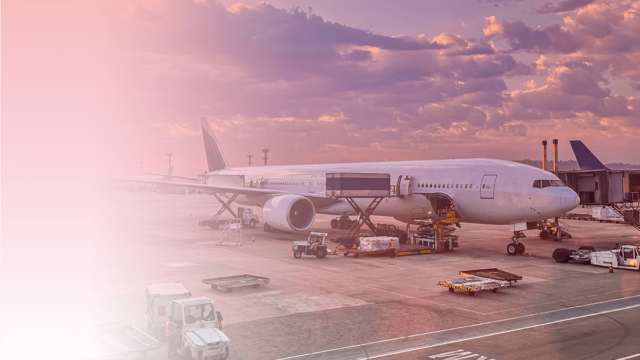Why JKIA needs change
Data from the Kenya Airports Authority (KAA) shows that JKIA has over 40 passenger lines and 25 cargo airlines.

Kenya is the gateway into East Africa serving as the transition of major airlines.
Last year, the Jomo Kenyatta International Airport (JKIA), Kenya’s largest aviation facility, served about 8.6 million passengers.
As one of the busiest airports in East and Central Africa and on the continent, it also serves as a major cargo centre for inbound and outbound goods.
Data from the Kenya Airports Authority (KAA) shows that JKIA has over 40 passenger lines and 25 cargo airlines.
However, regardless of its status as a key gateway into East Africa and connecting hub, the JKIA has for years been plagued by frequent challenges that mainly stem from dilapidated infrastructure, astronomical losses and cash flow problems.
From frequent power blackouts and roof leakages to redirected flights due to a single runway, the airport continues to suffer from inadequate facility and infrastructure capacity upgrades.
The JKIA is currently dependent on a single runway that was developed in 1978 to handle 2.5 million passengers annually.
That was in 1978, but now JKIA serves 8.6 million passengers in a year, more than three times the capacity it should have.
At the moment, its design capacity is 35 aircraft per hour, and it controls 80% of network passengers and 90% of cargo businesses.
Plans to build a second runway to handle increased aircraft capacity at the airport have been abandoned in the past.
In 2018, rather than build a second runway, the government opted to expand terminals B, C and D to accommodate more passengers.
Two years before, the government had also cancelled plans to construct the Green Field Terminal at the airport whose cost was KSh56 billion.
Its capacity has been overshot throughout the years as the airport’s significance as a hub in the region continues to grow, which has undermined its operational efficiency.
A comprehensive infrastructural overhaul is therefore required to enable it to support its growing passenger and cargo traffic.
On 12 June 2024, the Kenyan Cabinet considered and approved the National Aviation Policy, which is meant to maximise the aviation sector’s contribution. This means that the JKIA will get a major facelift, including an additional terminal that will enable it to handle 20 million passengers annually.
This is part of the airport’s Medium Term Investment Plan that will span three years.
The airport’s expansion will enable it to compete at a global standard and increase capacity and service standards.
The plan also includes runway expansion and aircraft parking, which will reduce congestion and allow for efficient landing and take-off.
Other upgrades will include increasing the parking bays from nine to 21 by 2040 when the number is projected to reach 741,000. Additionally, upgrades will be made to critical components such as the taxiway, apron, and airside facilities.
Due to the cancelled plans to construct a second runway, the spotlight has been back on the existing single runway as several aircraft have stalled, leading to redirected flights.
If expanded, the airport may see reduced delays and eventual flight diversions, which are costly. Additionally, with traffic to the airport forecasted to grow by 4.0% annually by 2050, Transport Principal Secretary Mohamed Daghar estimated that JKIA could bring in 42.1 million passengers by 2050.
